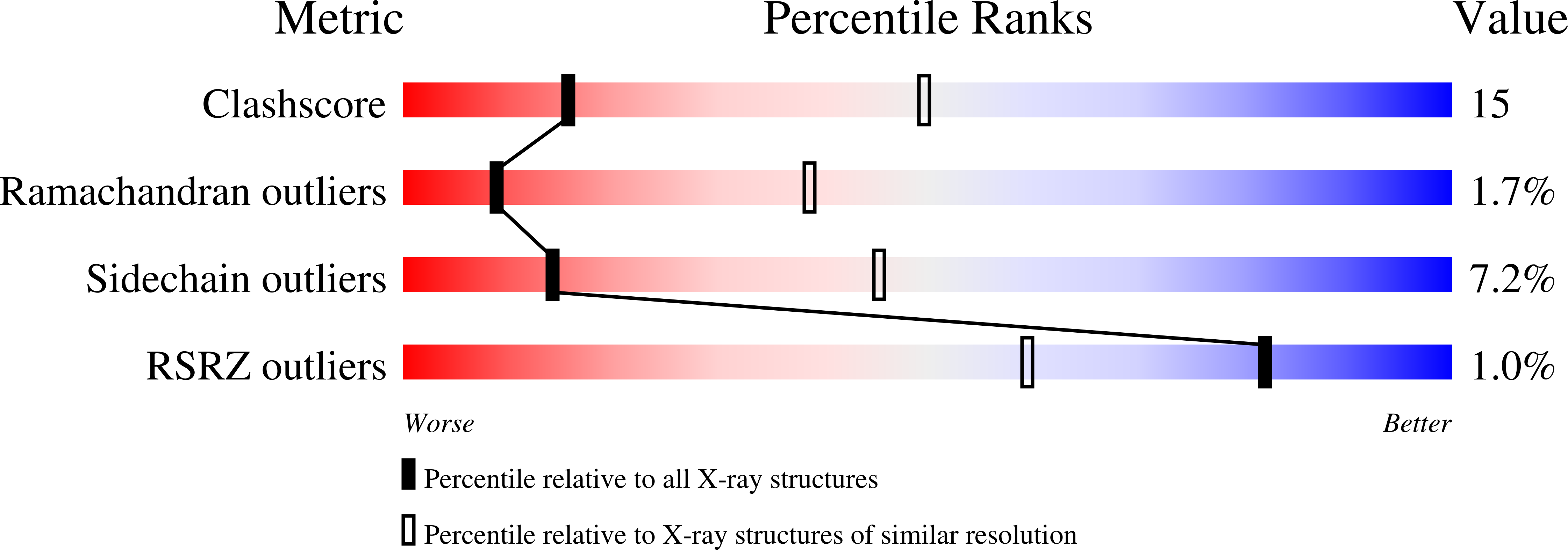
Deposition Date
1998-06-29
Release Date
1999-02-16
Last Version Date
2024-11-13
Entry Detail
PDB ID:
1RT3
Keywords:
Title:
AZT DRUG RESISTANT HIV-1 REVERSE TRANSCRIPTASE COMPLEXED WITH 1051U91
Biological Source:
Source Organism:
Human immunodeficiency virus 1 (Taxon ID: 11676)
Host Organism:
Method Details:
Experimental Method:
Resolution:
3.00 Å
R-Value Free:
0.33
R-Value Work:
0.26
R-Value Observed:
0.26
Space Group:
P 21 21 21


